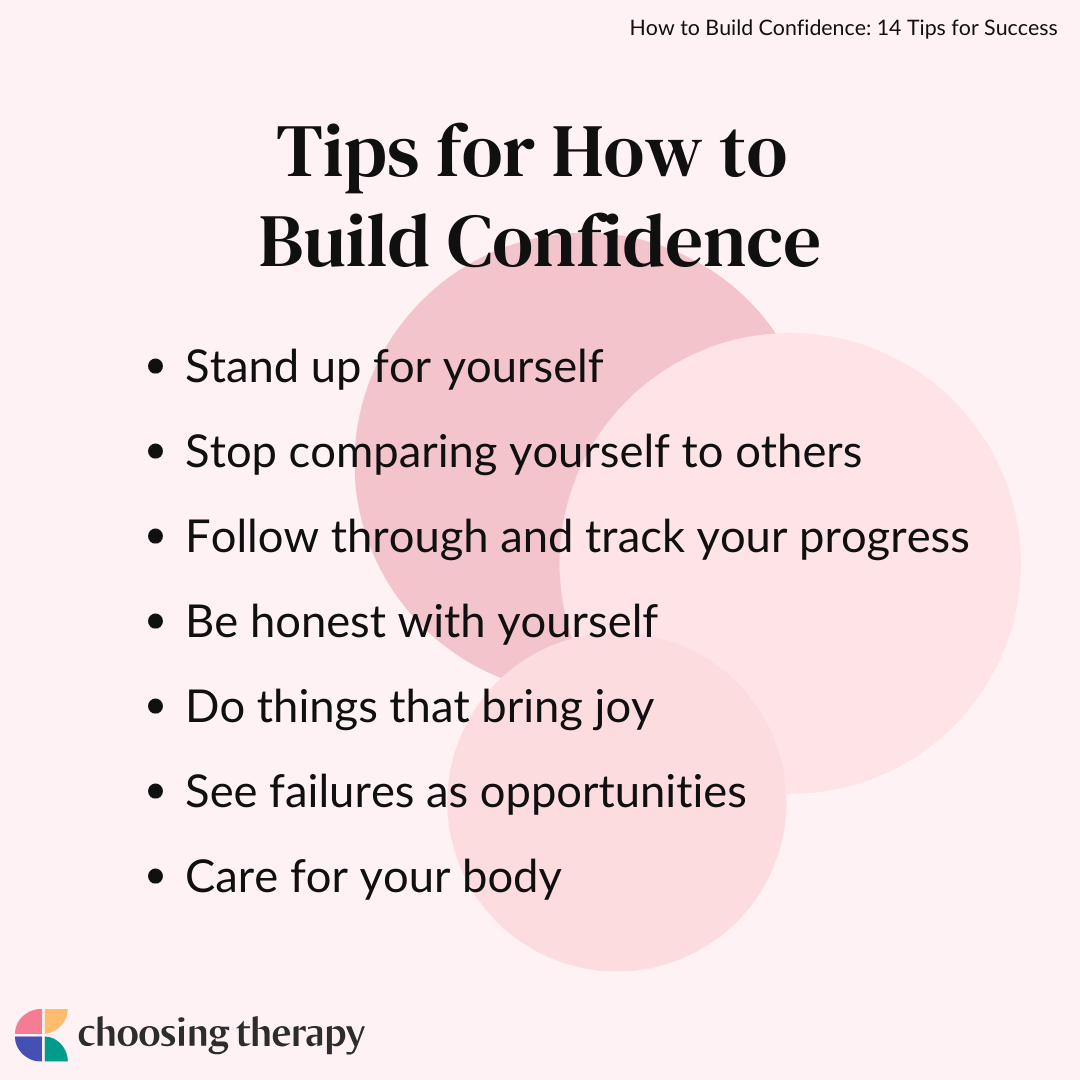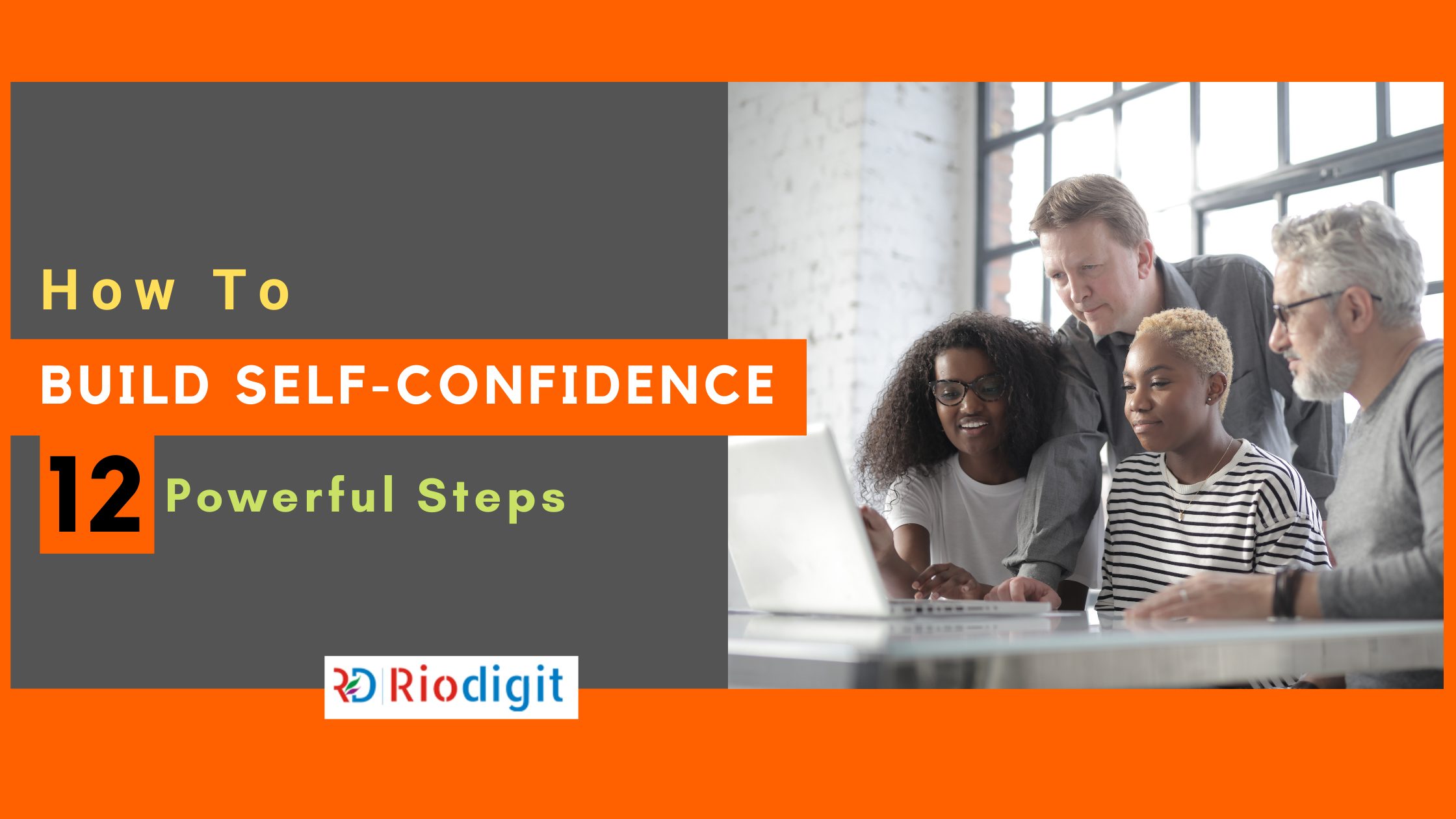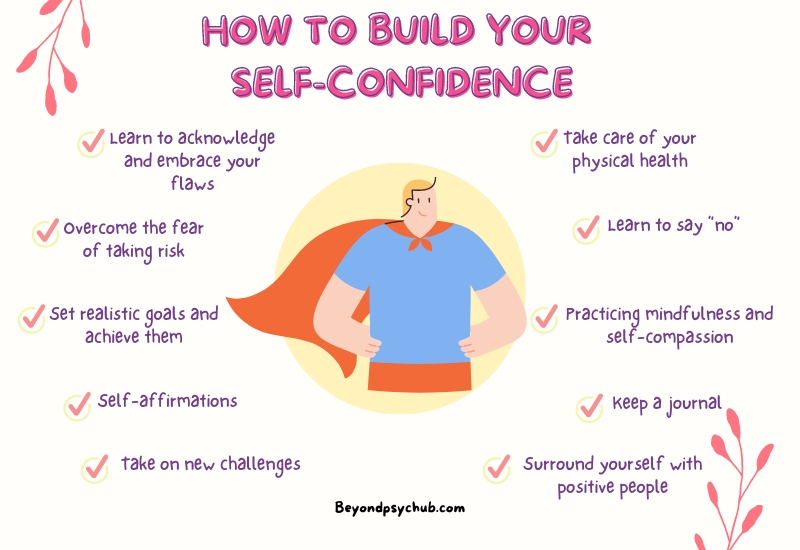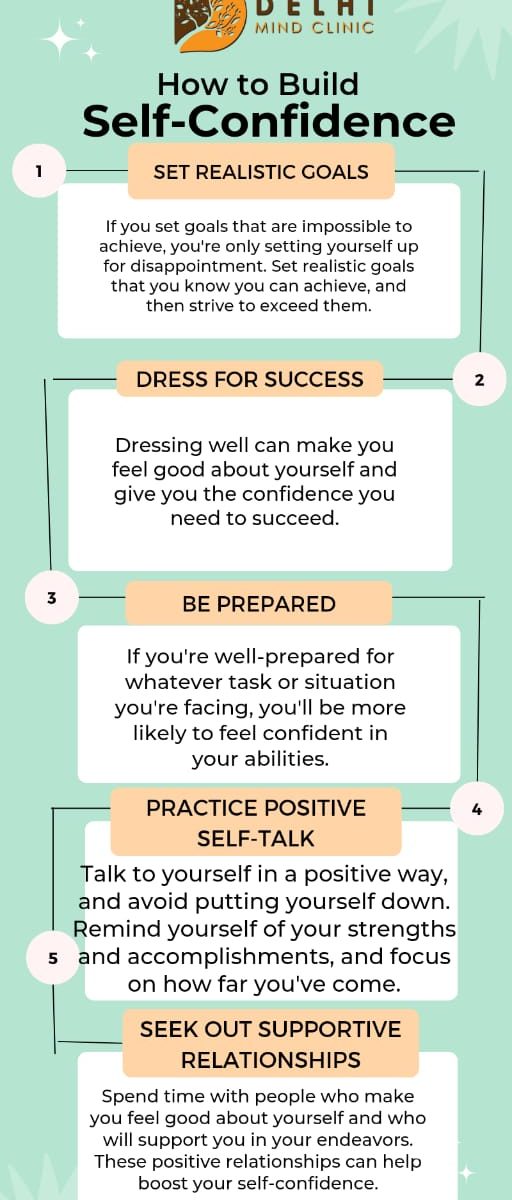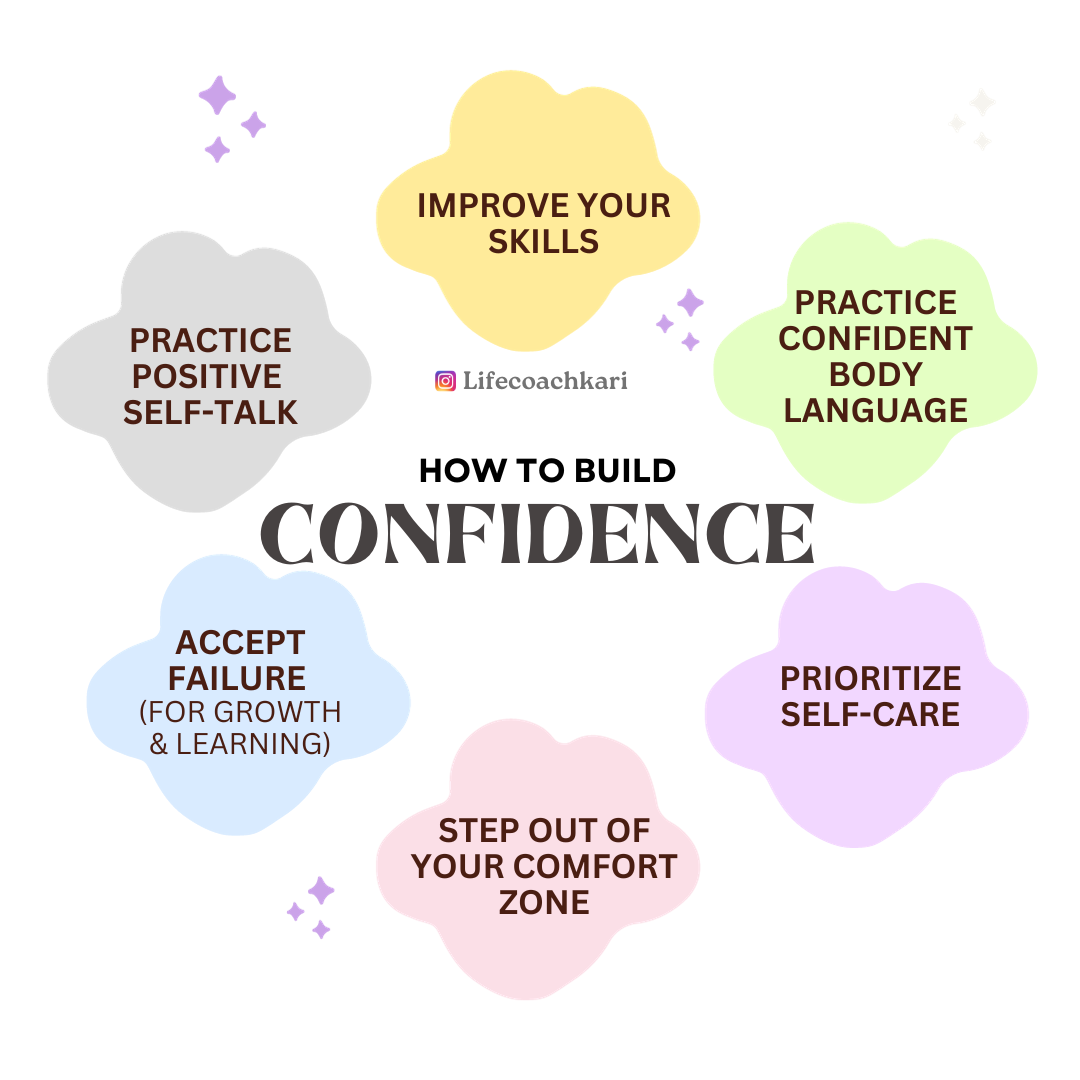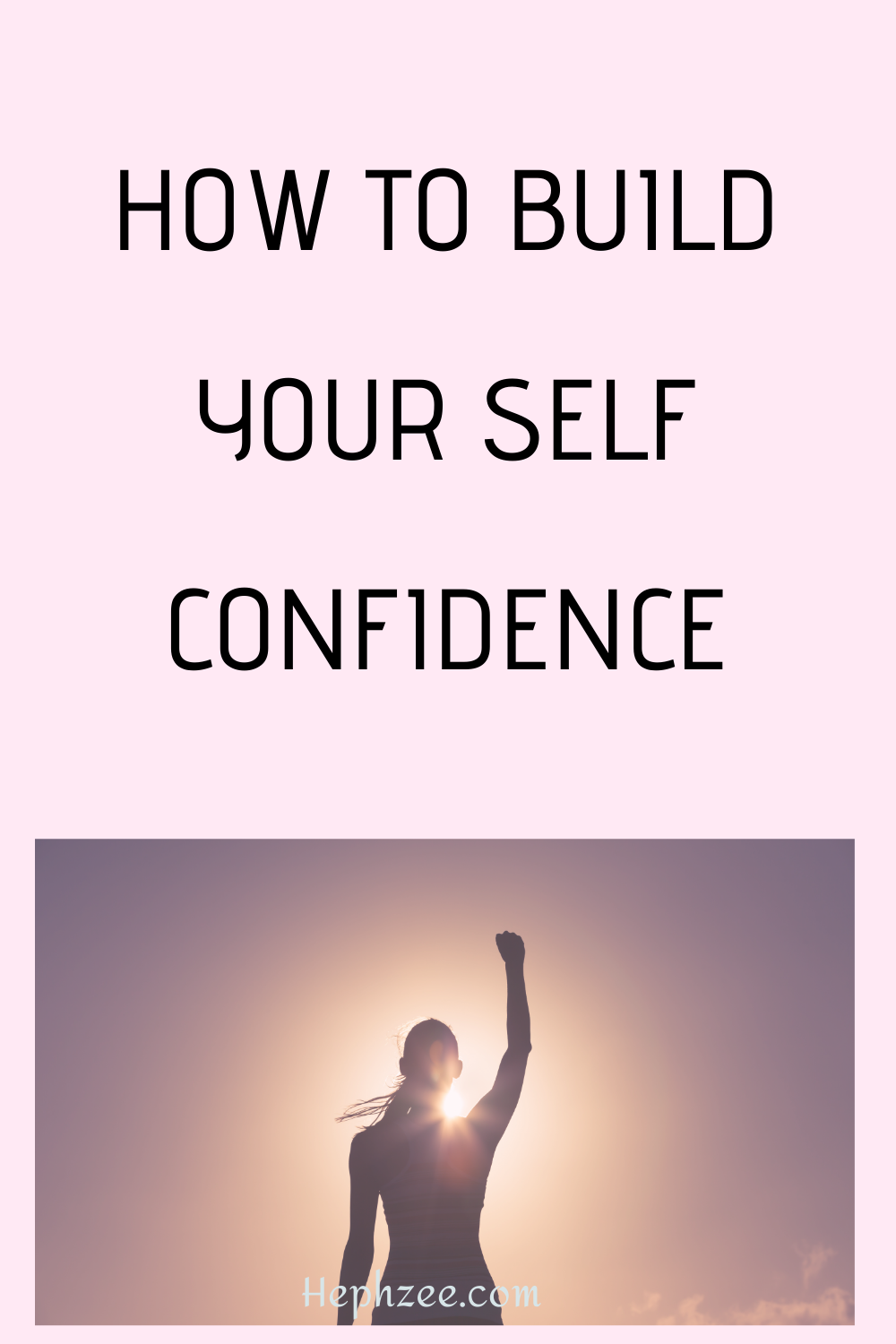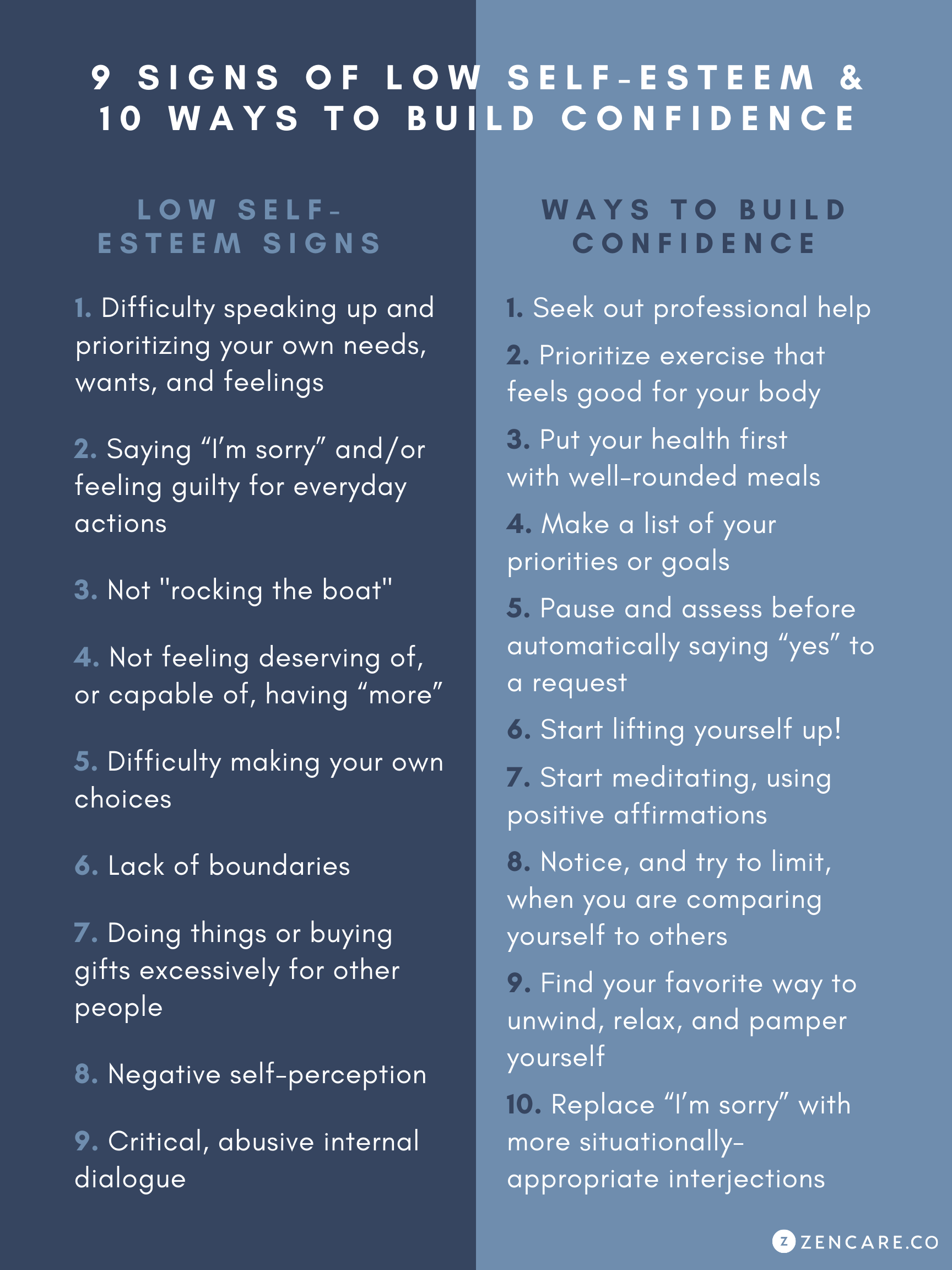How To Build Self Confidence In Others
:max_bytes(150000):strip_icc()/how-to-build-self-confidence-5209231-FINAL-fe2e0265fbed407da074f1345163ba21.jpg)
In a world increasingly demanding of resilience and self-assurance, the ability to foster confidence in others has become a highly valued skill. From workplaces to classrooms and even within families, knowing how to build up those around you can lead to greater success and well-being for all.
This article explores actionable strategies individuals can use to cultivate self-confidence in others. We will delve into practical techniques, supported by research and expert opinions, to empower individuals to effectively build up the people in their lives.
Understanding the Foundations of Confidence
Self-confidence isn't simply an innate trait. It's a skill built upon experiences, perceptions, and beliefs about one's abilities, Dr. Anita Sharma, a leading psychologist specializing in self-esteem, explains.
Therefore, fostering it in others requires understanding these underlying factors. Recognizing that each person's journey to self-assurance is unique is paramount.
The Power of Positive Reinforcement
One of the most effective methods for building confidence is through consistent and genuine positive reinforcement. Specifically, praising effort and progress, rather than just outcomes, can make a significant difference.
Focus on highlighting specific strengths and accomplishments. This helps individuals recognize their capabilities and build a positive self-image, according to a study published in the Journal of Educational Psychology.
Creating Opportunities for Success
Providing individuals with opportunities to step outside their comfort zones in a safe and supportive environment is crucial. Start with small, achievable tasks that allow them to experience success and build momentum.
As confidence grows, gradually introduce more challenging projects. This approach helps individuals develop a sense of competence and mastery, as highlighted in a report by the American Psychological Association.
Active Listening and Empathetic Communication
Creating a space where individuals feel heard and understood is vital for building trust and confidence. Practice active listening, paying attention to both verbal and nonverbal cues.
Show empathy by acknowledging their feelings and perspectives. This validation can help them feel more secure and confident in expressing themselves, as detailed in "The 7 Habits of Highly Effective People" by Stephen Covey.
Constructive Feedback: A Key to Growth
While positive reinforcement is essential, constructive feedback is also necessary for growth. Frame feedback in a supportive manner, focusing on areas for improvement rather than dwelling on mistakes.
Provide specific examples and actionable suggestions. This allows individuals to understand how they can improve and develop their skills, according to a training manual from Dale Carnegie Training.
Modeling Confidence: Leading by Example
Actions speak louder than words. Displaying your own self-confidence and resilience can inspire others to do the same.
Share your own experiences of overcoming challenges. This demonstrates that setbacks are a normal part of growth and that confidence can be built over time.
The Ripple Effect of Confidence
The impact of fostering confidence in others extends far beyond the individual level. A confident workforce is more productive, innovative, and resilient, according to data from a Gallup poll on employee engagement.
Confident children are more likely to take risks, pursue their passions, and achieve their full potential. A confident community is more engaged and collaborative.
Ultimately, investing in the confidence of others is an investment in a better future for everyone.
"Confidence is contagious. So is lack of confidence." - Vince Lombardi
By implementing these strategies consistently, individuals can become catalysts for growth and empowerment in their communities, fostering a world where everyone has the confidence to thrive.



